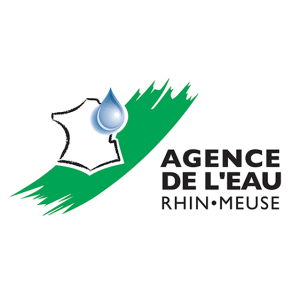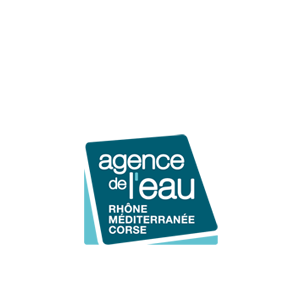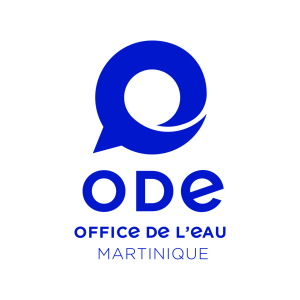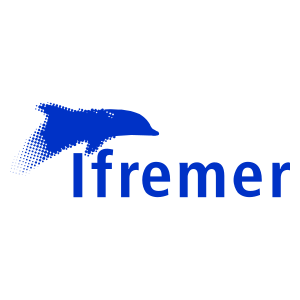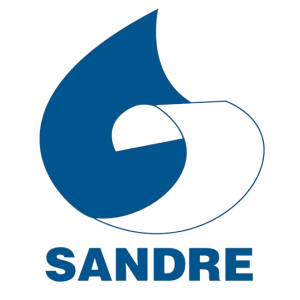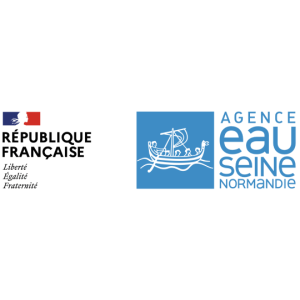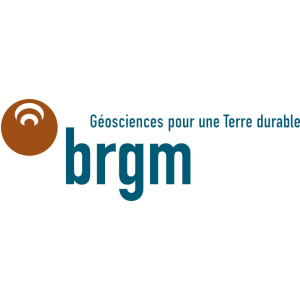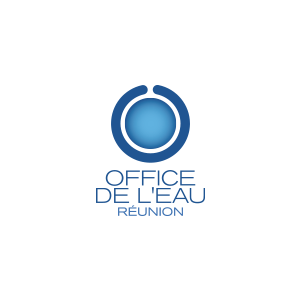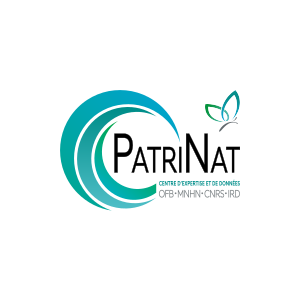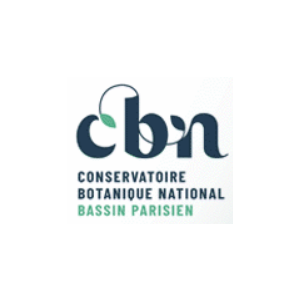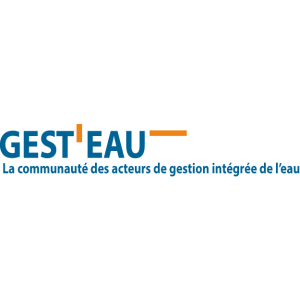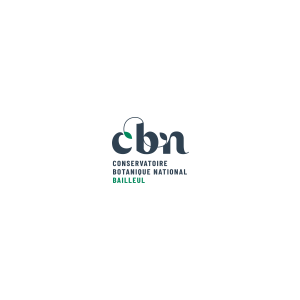
Document généré le 07/12/2025 depuis l'adresse: https://www.documentation.eauetbiodiversite.fr/fr/notice/marees-vertes-en-bretagne-etat-actuel-des-connaissances
Titre alternatif
Producteur
Contributeur(s)
Actes du colloque - Ifremer
Identifiant documentaire
9-46
Identifiant OAI
oai:archimer.ifremer.fr:46
Auteur(s):
Merceron, Michel
Mots clés
Brittany
Eutrophication
Proliferation
Ulva
Marine algae
Bretagne
Eutrophisation
Prolifération
Ulves
Algues marines
Date de publication
24/09/1999
Date de création
Date de modification
Date d'acceptation du document
Date de dépôt légal
Langue
fre
Thème
Type de ressource
Source
Droits de réutilisation
info:eu-repo/semantics/openAccess
Région
Département
Commune
Description
On tens of sandy beaches of Brittany, a green seaweed (Ulva) blooms during spring
and summer. In the sites where the proliferation is the most important, the total biomass amounted to 20 000 t of wet weight in 1997, at the time of maximum. These "green tides" occur every year in nearly the same locations. They have a very harmful impact on local tourism. In many communes, beached and rotting algae are collected and dumped (43 000 m 3 as a whole in 1997). The main development of biomass takes place between the surf zone and the bare sand.The outbreak requires three coexisting conditions : 1) a sandy beach gently sloping, 2) a weak residual current (i.e. once the tidal back and forth movement has been filtered), 3) a nitrogen loading, even moderate (ammonium or nitrate). The intensive forms of agriculture are by far the main sources of increasing loadings of nitrogen to the sites of green tides. This Ulva proliferation was modeled in two Brittany bays. The present tendency is an increase,particularly towards deeper locations beyond the surf zone. Ecological impact is not yet well documented.
Accès aux documents
0
Consultations
0
Téléchargements

